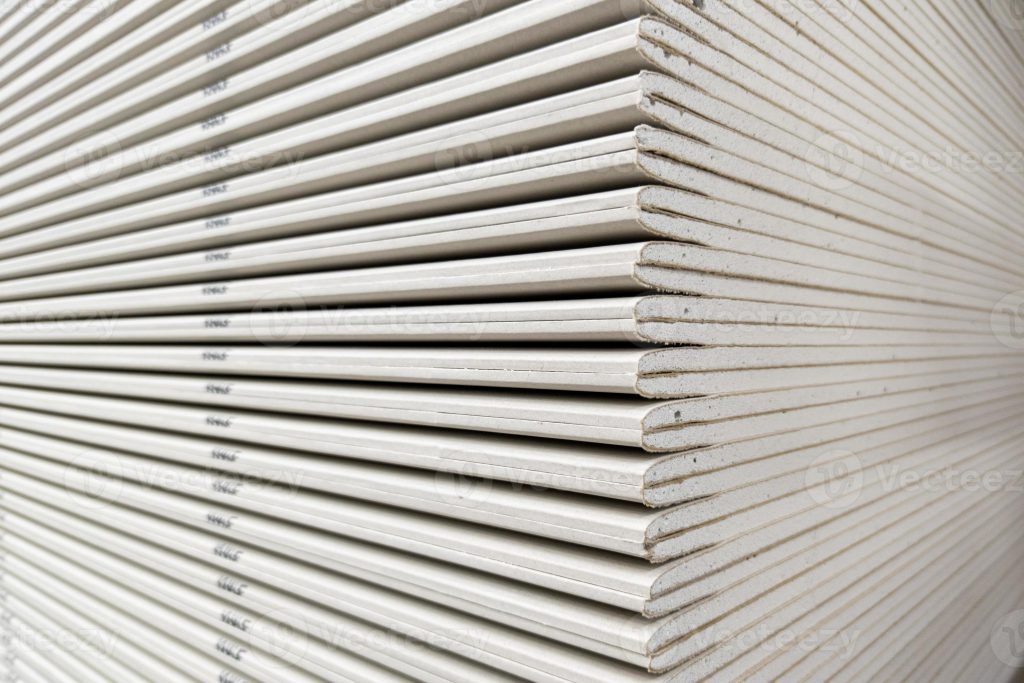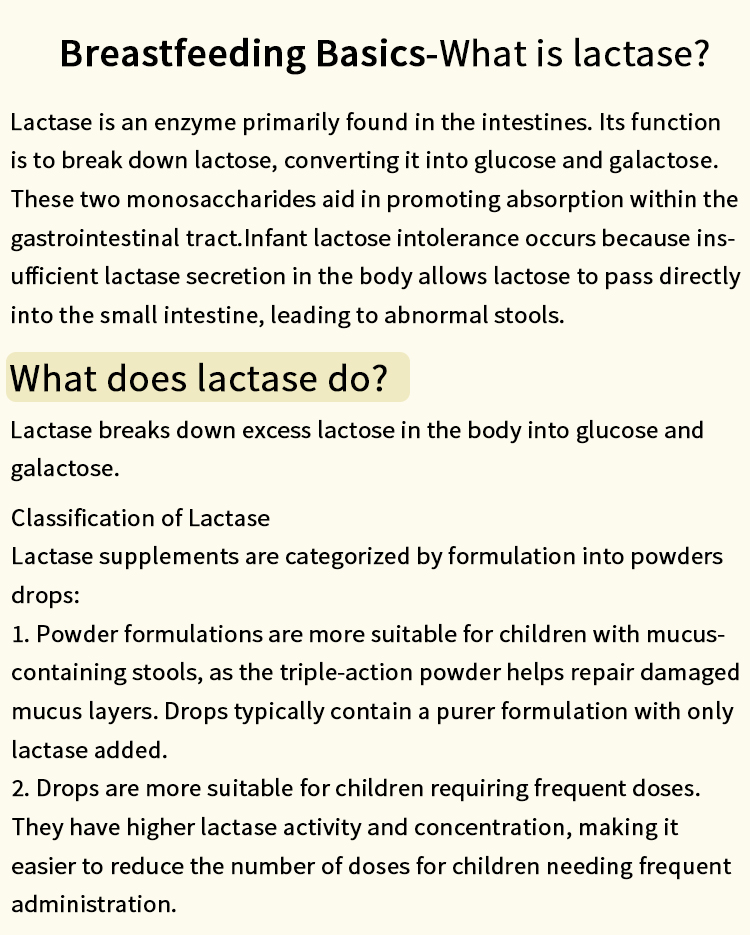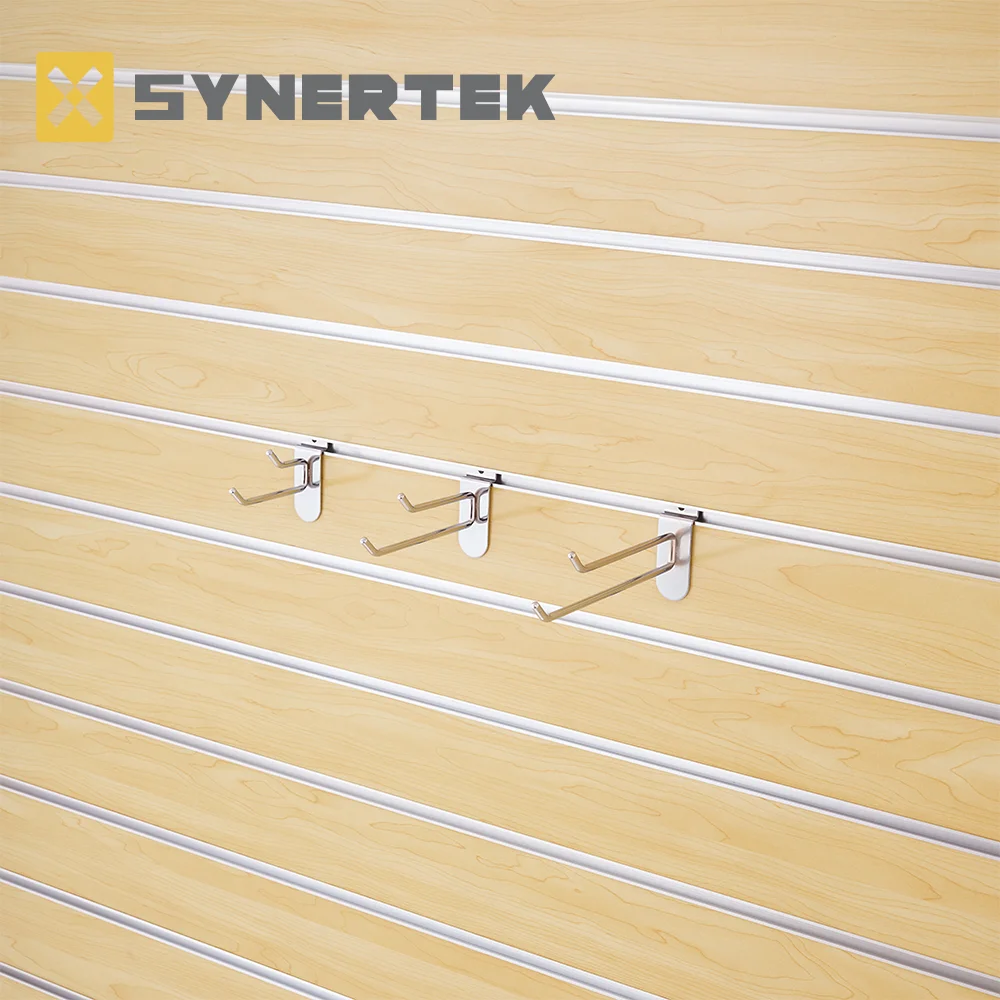
In the realm of construction and interior design, the choice between drywall and plaster has long been a topic of debate. While both materials have their merits, this article aims to shed light on why drywall emerges as the superior option. By delving into various aspects such as installation, durability, versatility, and cost-effectiveness, we will uncover the reasons why drywall surpasses plaster in today's construction industry.
- Installation Efficiency:
Drywall, also known as gypsum board or sheetrock, offers unparalleled ease and speed of installation compared to plaster. With its pre-fabricated panels, drywall can be quickly cut, screwed, and secured to create a seamless surface. In contrast, plaster requires skilled craftsmen to apply multiple layers manually, resulting in a time-consuming and labor-intensive process. - Enhanced Durability:
Drywall exhibits remarkable durability, making it resistant to cracks, dents, and other forms of damage. Its sturdy composition, reinforced with gypsum and paper, ensures longevity and structural integrity. On the other hand, plaster, being more brittle, is prone to cracking and requires regular maintenance to uphold its integrity. - Versatility in Design:
Drywall offers unparalleled versatility in design, allowing for various finishes, textures, and decorative elements. It can be easily painted, wallpapered, or adorned with different textures to suit any aesthetic preference. Plaster, while capable of achieving a smooth finish, lacks the flexibility to incorporate intricate designs or accommodate modifications without significant effort. - Fire Resistance and Soundproofing:
Drywall possesses inherent fire-resistant properties, making it a safer choice for construction. Its gypsum core acts as a natural barrier against flames, providing valuable time for evacuation in case of fire. Additionally, drywall's composition aids in soundproofing, reducing noise transmission between rooms, which is a significant advantage over plaster. - Cost-effectiveness:
Drywall emerges as a cost-effective solution due to its efficient installation process and lower material costs. The availability of pre-fabricated panels reduces labor expenses, while the widespread use of drywall in the construction industry ensures competitive pricing. Conversely, plaster demands skilled labor and longer installation times, resulting in higher costs.
Conclusion:
In conclusion, the numerous advantages of drywall over plaster make it the preferred choice for modern construction projects. Its ease of installation, enhanced durability, design versatility, fire resistance, soundproofing capabilities, and cost-effectiveness collectively contribute to its superiority. As the construction industry continues to evolve, drywall remains at the forefront, offering a practical and efficient solution for interior surfaces.



